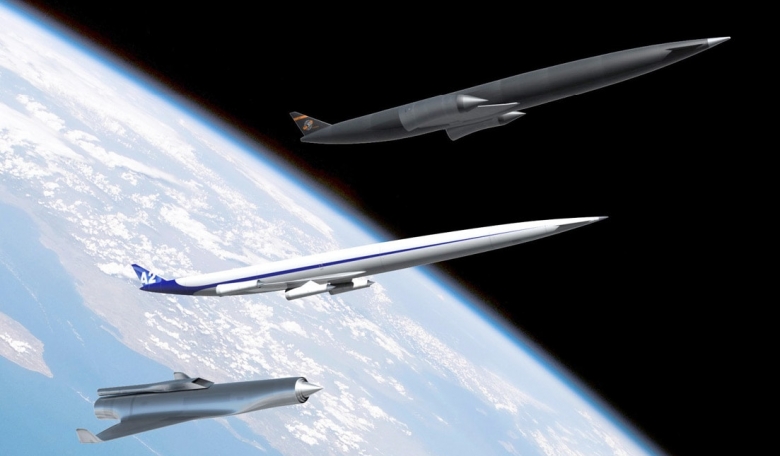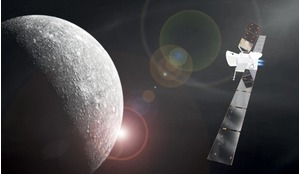An aircraft takes off from a runway, travels to the very edge of Earth’s atmosphere, delivers its payload to orbit or even travels further into space, before heading back to Earth and landing on the same runway. Such a revolution is still in the realm of science fiction but probably not for much longer. With its ground-breaking SABRE engine under development, British firm Reaction Engines Limited (REL) has laid a solid foundation to make this a reality in the near future. Mark Thomas, the company’s CEO, takes up the story.
We are in the midst of a transformational era in the history of spaceflight. What was once an activity purely limited to governments and national space agencies is now experiencing a flourish of innovation led by entrepreneurial private sector companies such as Blue Origin, SpaceX and Stratolaunch Systems.
Competition between these companies, together with their focus on increasing re-usability and reliability levels, is driving down orbital launch costs, which in turn is opening up new opportunities for the burgeoning commercial satellite industry. Government-led initiatives, such as NASA’s Space Launch System (SLS) and ESA’s Ariane 6, are also part of this wave of new launcher development and will also deliver significant extra launch capabilities together with increased reliability and lower costs.
This unprecedented wave of private and public led launcher development is leading to a virtuous circle of reduced launch costs, increased flight rates and reliability, creating additional commercial opportunities and increased demand for launch services.
Read more on how SABRE is set to revolutionize the space industry in the full version of the article, available now to our subscribers.














